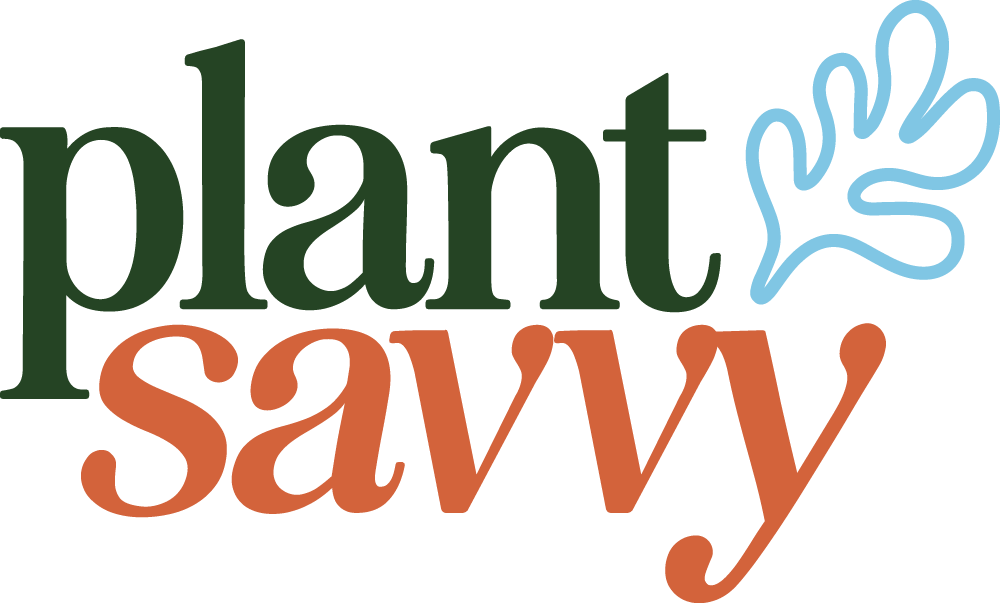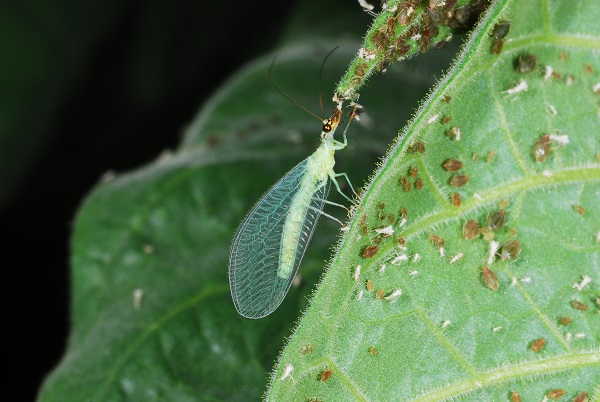Integrated Pest Management: A Sustainable Approach to Plant Pest Control
Plant pests are just a part of the deal when you have interior plants, but dealing with an out of control infestation can cause some serious headaches. Not only do plant pests cause cosmetic damage to once happy houseplants, but if left to their own devices, an infestation can kill the affected plant and spread to those around it. It’s important to catch the issue early in order to effectively treat and control plant pests.
Integrated Pest Management, or IPM, is a cyclical program that uses comprehensive information on the life cycles of pests and their interaction with the environment. This information is used to manage pest damage by the most economical means, and with the least possible hazard to people, property, and the environment. The goal of IPM is control, it’s commonly accepted in the practice that complete eradication isn’t ecologically or economically sustainable, but plant pests can be managed if the following steps are taken.
The first line of defense is prevention. Healthy plants that are thriving in their environment are able to fend off pests pretty effectively without our help. By choosing the correct lighting situation for each plant, practicing good watering techniques, and ensuring plants are receiving proper ventilation, you can prevent plant pests from taking up free real estate. Taking it a step further, you can apply beneficial insects (we’ll get into that later) or spray your plants down with your favorite non-chemical plant pest treatment, such as castile soap or neem oil, monthly.
In interior settings, it’s not always possible to give your plants the ideal environmental conditions. Therefore, the next crucial step in IPM is to monitor. This step is key in catching infestations early! Check plant foliage thoroughly and regularly, be sure to lift the underside of leaves, and inspect the stems and grow points. If you’re unsure of what you’re looking for we’ve written in depth articles about identifying common plant pests such as spider mites, thrips, scale, and mealybugs. A method we use for this step is regular dusting. Dusting your plants monthly allows you to take a close look at the foliage while also keeping them clean!
On the dreaded day that you do discover pests living rent free on your plant, it’s important to correctly identify the pest and the level of the issue in order to treat it effectively and ecologically. This step is called intervention and there are a few options that should be considered before reaching for chemical treatments. While chemical pesticides can wipe out the issue, they can compromise the overall health of the plant in the long term, they can be toxic to pets and people in large amounts– so put those chemicals away and let’s discuss the methods to consider first. These methods should be used in a cyclical approach. Once treatment is deemed necessary and performed, revert to the prevention and monitoring steps.
Treatment options:
Cultural: When you’re dealing with plant pests, it’s important to isolate the plant, clean any tools used and your hands before handling other plants so the issue doesn’t spread. Ensure the affected plant is set up with good airflow and lighting conditions and be mindful of watering techniques– seeing as those environmental factors may have contributed to the plant pests, it’s important to set them up for success and recovery going forward.
Physical: This method of pest treatment should be used if the pests are few and far between or mild. If the infestation is localized, or you’re mainly noticing it in one area of the plant, you can simply prune the affected areas. Pressurized water can be another effective treatment method to knock the pests off the plant. You can also go in with a towel or q-tip and wipe the pests away by hand. Monitor the plant after this method and move on to biological or biorational methods if the plant pests persist.
Biological: The most natural form of pest control you can use are beneficial insects, or beneficals. These are natural predators to plant pests and will feed on the harmful bugs. Many beneficals are nearly invisible to the naked eye and stay on the plant, making them ideal for interior settings! We like to use use green lacewings as they are a predator to all common indoor plant pests. Beneficial insects can be used for mild to severe infestations, but must be applied every couple of weeks to control take out severe infestations.
OR
Biorational: Biorational treatments are relatively non-toxic and have few ecological side effects. This category includes miticides, horticultural oil, and insecticidal soaps. Spray the plant down with the solution of choice, let it sit for a few minutes and then wipe the plant down, taking care to remove any pests you see. Repeat the process weekly as needed until the infestation subsides. Monitor the plant after treatment and if the issue escalates or doesn’t seem to be working, you can move on to a judicious decision to use chemical pesticide treatment.
OR
Chemical: There are certain regulations on which chemical pesticides are to be used indoors. Be sure to research the pesticide you chose and follow the directions carefully for safe application. Use protective gloves and face coverings when necessary and wash your hands after application.
The IPM model is designed to affect sustainable pest treatment and is intended to be incorporated into plant care rituals end to end, but this model can be used on a spectrum and accommodate non-toxic preferences with the omission of chemical pesticides. If you’re dealing with pest issues and are looking for holistic solutions, Plant Savvy offers these pest management services and so much more in our maintenance programs! Don’t hesitate to reach out if you need our help!
Happy Planting,
Kelly







